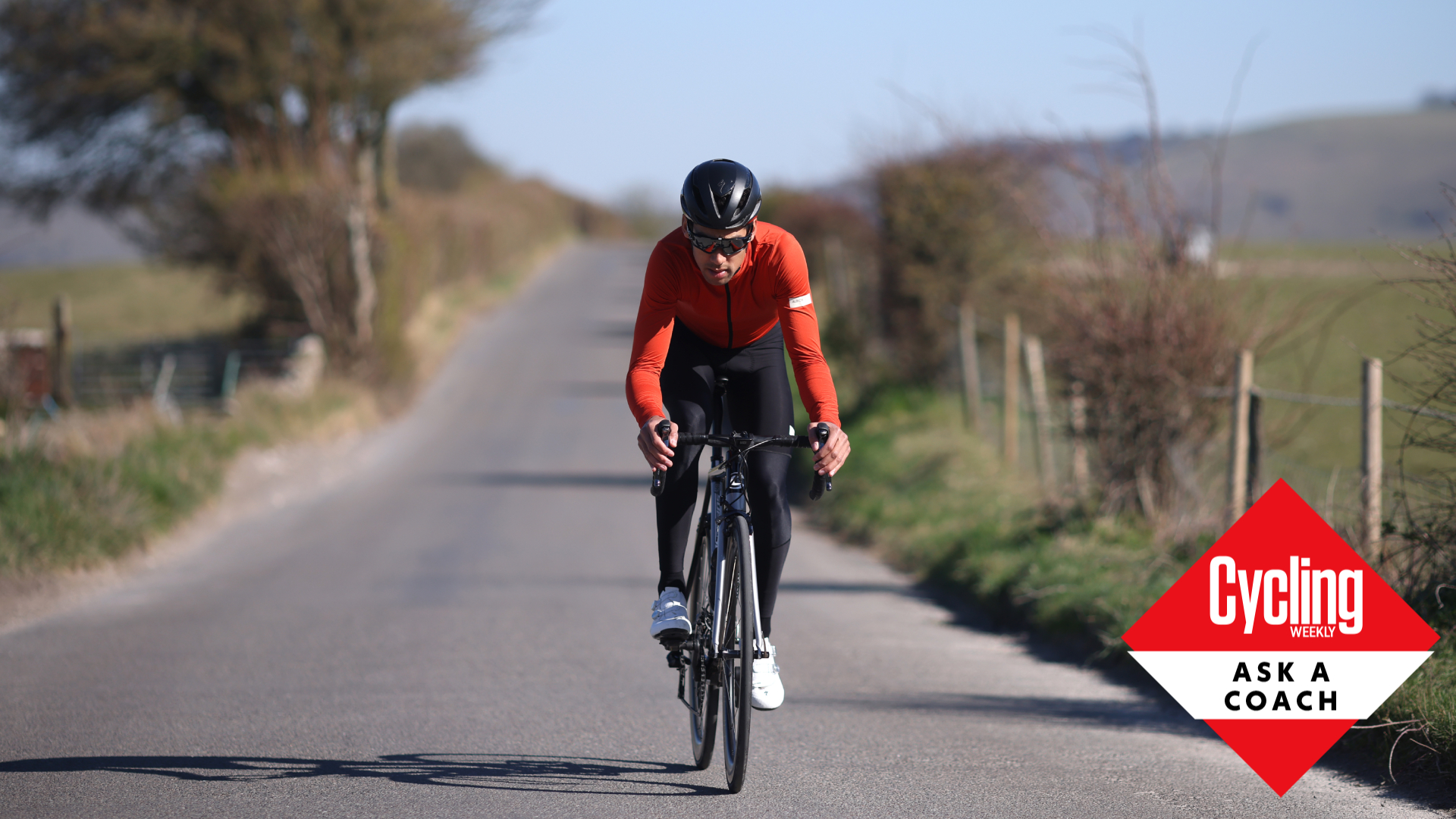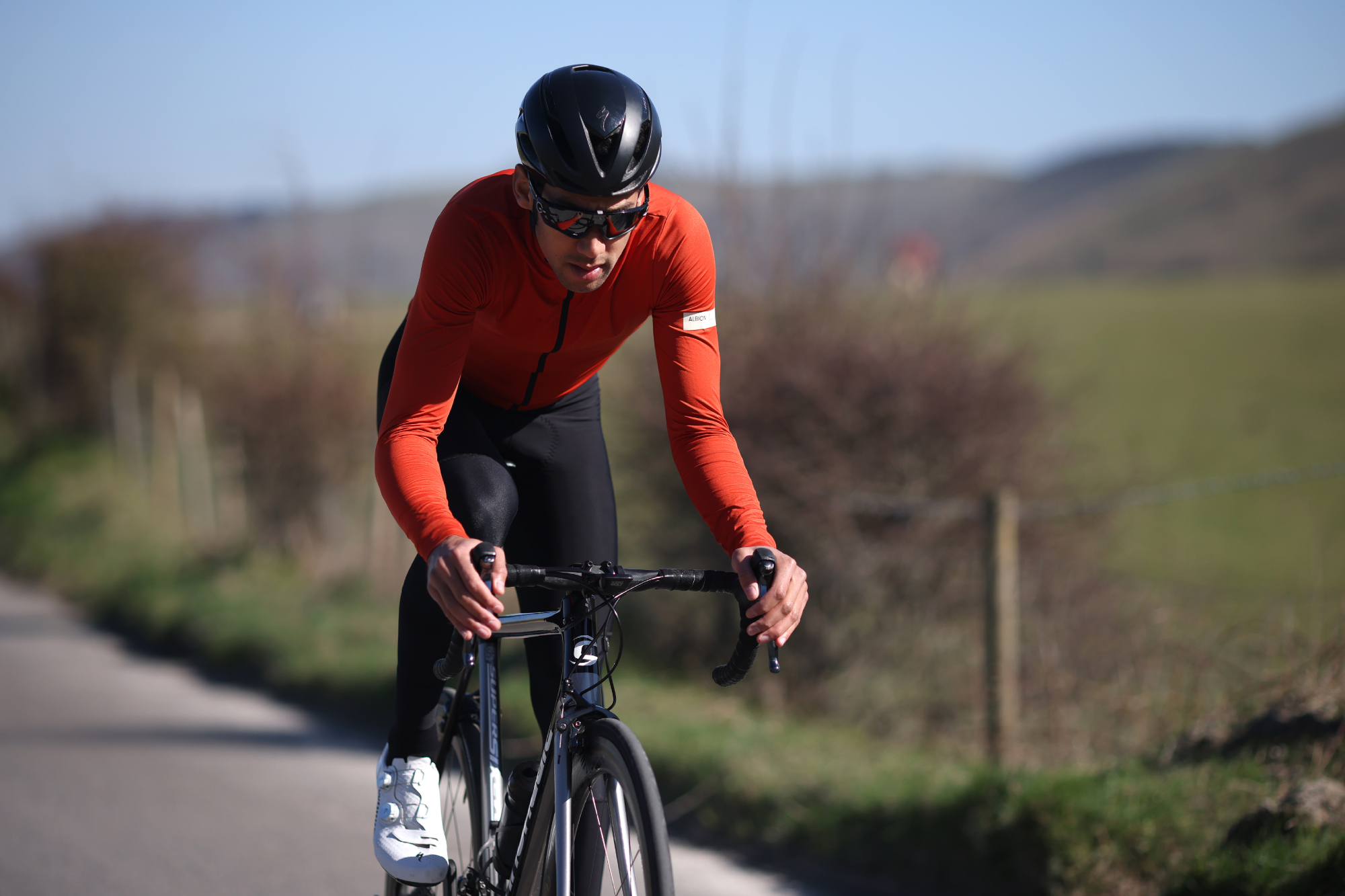Ask a coach: 'How can I tell if I should ignore my power meter and just go on feel?'
Although a potent training tool, there's much more you should consider than just your finite watts


This is a great question as it sheds light on one of the great misconceptions of training with power: that power is the absolute be-all and end-all.
Power output is a brilliant way to monitor your training and performance. It gives you a measure which correlates nicely with performance. More power, more speed, more performance.
However, it is by no means the be-all and end-all of things you should consider when training. Sports scientist and cycling coach James Spragg explains...

Sports scientist and coach James Spragg is one of the experts who will be answering your questions in Cycling Weekly's ASK A CYCLING COACH series which comes out every Wednesday. Working both in research and applied settings, he currently runs Intercept Performance Consultancy.
Power output is an external metric that simply conveys how much force you are pushing on the pedals multiplied by how fast you are turning the pedals.
However, even power output doesn’t consider all the work you are doing, especially if you have poor pedalling efficiency – if you push on the pedals in a ‘non-propulsive’ direction, that is to say in a direction that doesn’t help the pedals turn, then you will be doing ‘work’ but it won’t be recorded. Likewise, if the leg in the second half of the pedal stroke - moving from the bottom to the top – is pushing against the rotation of the pedals then this work may or may not be captured by your power meter depending on how it measures power.
There are three simple ways to measure how hard you are going:
1) Power output
Get The Leadout Newsletter
The latest race content, interviews, features, reviews and expert buying guides, direct to your inbox!
2) Heart Rate (HR) – how hard your body is having to work to produce a certain amount of power
3) RPE – how hard your body is finding it to produce a certain amount of power.
Whenever we are out training, we should be using and listening to all those three measures. Take the following examples:
Scenarios

A very good day
You head out the door for an important interval session in your cycling training plan and feel amazing. Your coach has told you to do a certain number of efforts at a certain wattage. The goal of any training session is to maximise the stimulus you give your body to adapt and get stronger. However, on a day like this, if you were to religiously follow those power output targets you might end up not maximising the power you can produce in each effort. On good days it’s better to either follow your HR or RPE to guide the session. If you are riding 10w harder at the same HR and RPE then that’s only good news… roll with it.
A bad day
We have all day these days, some of us (myself included) have had far more bad days than very good days. Let’s say that on this particular day you have a longer Zone 2 endurance ride. You aren’t so tired you can’t do this session but pushing on all day might be a little too much.
If you were to follow your power meter and ride at the same intensity as you normally do in your endurance rides you might just end up digging yourself into a hole. Instead, it might be a better idea to normalise the intensity to HR or RPE you would normally ride at. If you end up putting out less power and going a bit slower then so be it. Much better than doing too much and risking overtraining.
What to do when racing and testing
On these occasions, please ignore your power and HR and do everything by feel. I wouldn’t even have either power or HR on your screen. If you feel like you can follow that attack, go for it. Feel like you can push on in the last few minutes of a test – do it. Stop worrying about what your HR or power meter says.
After races, I have far too often heard riders saying ‘yeah but I was doing X number of watts’ – in races, it really doesn’t matter what power you are doing. The goal is to cross the finish line first, not produce the most power.
The slight caveat here is cycling time trials. In time trials it can be beneficial to have power and HR on your screen to ensure that you don’t go too hard in the beginning. But come the second half, if you feel you have more to give don’t let your power meter hold you back.
The verdict
Power output is an incredibly beneficial tool to use to monitor training and performance. It provides a host of data that can inform the training process. However, it is only one of three important ways in which you should be controlling the intensity of your training and monitoring your progress. To get the full picture use one of the best heart rate monitors and RPE as well.
In this age of online training plans and workouts, do you ever find yourself with a burning question you’d like to directly ask a cycling coach? Well, now is your chance to ask away! In this series, we’ll be putting your questions to expert coaches – send them in to Cycling Weekly's Fitness Features Editor at anna.abram@futurenet.com.

Thank you for reading 20 articles this month* Join now for unlimited access
Enjoy your first month for just £1 / $1 / €1
*Read 5 free articles per month without a subscription

Join now for unlimited access
Try first month for just £1 / $1 / €1
James Spragg is a sports scientist and coach, working both in research and applied settings. When not working with athletes James can be found skiing, climbing, cycling or drinking coffee!
Alongside Dan Lorang and Peter Leo, James runs Intercept Performance Consultancy. Over the last 8 years in various roles, as coaches, performance consultants, performance managers, and sports scientists, Dan, James and Peter have played a role in helping athletes achieve more than 10 World Championship titles, several Olympics medals (including a Gold and Silver Medal in Tokyo 2020) and several Top 5 results in some of the biggest sporting events on the planet (Tour de France, Olympics, World and European Championships). Our single focus is on improving performance in all settings.
-
 'This is the marriage venue, no?': how one rider ran the whole gamut of hallucinations in a single race
'This is the marriage venue, no?': how one rider ran the whole gamut of hallucinations in a single raceKabir Rachure's first RAAM was a crazy experience in more ways than one, he tells Cycling Weekly's Going Long podcast
By James Shrubsall
-
 Full Tour of Britain Women route announced, taking place from North Yorkshire to Glasgow
Full Tour of Britain Women route announced, taking place from North Yorkshire to GlasgowBritish Cycling's Women's WorldTour four-stage race will take place in northern England and Scotland
By Tom Thewlis